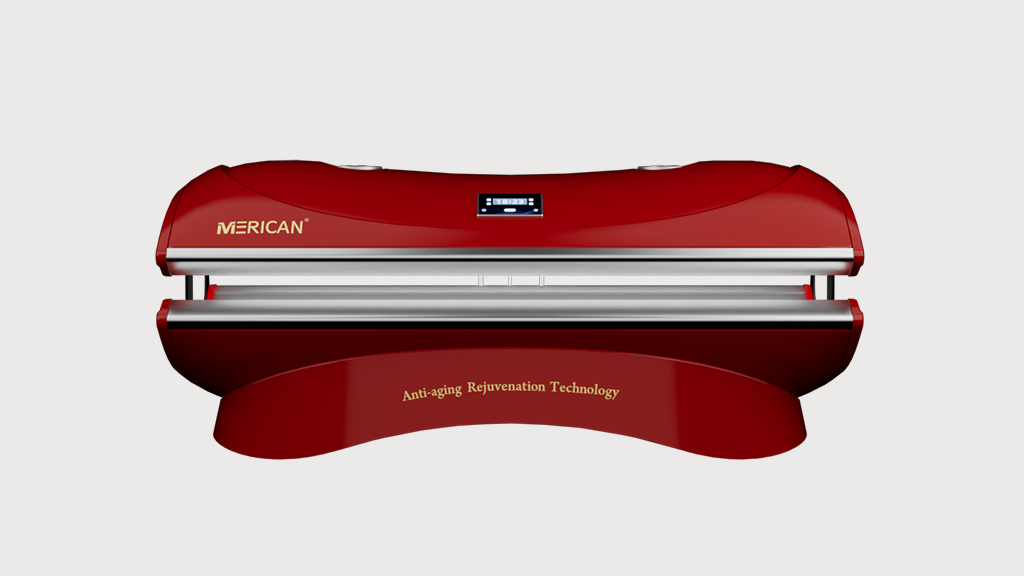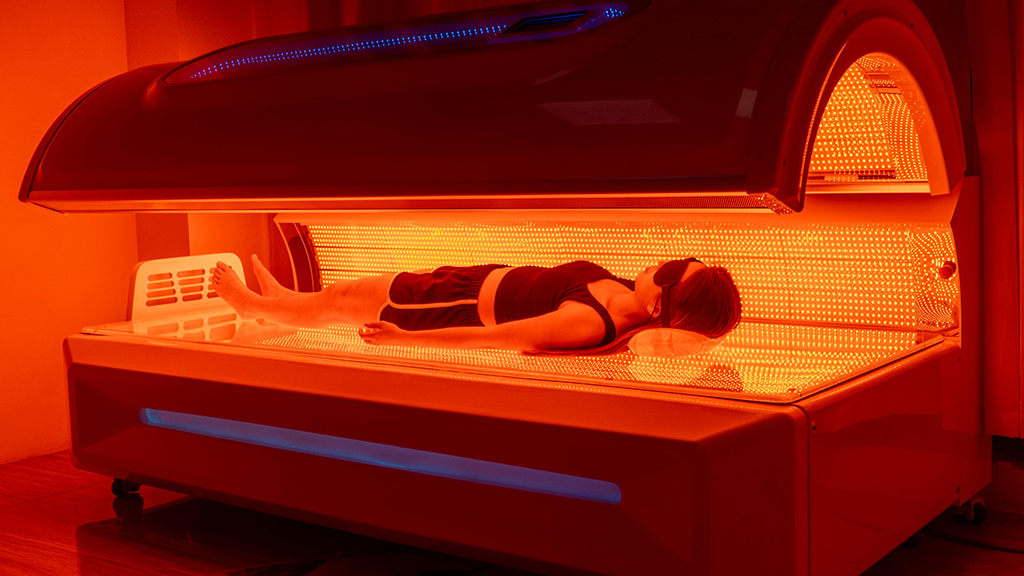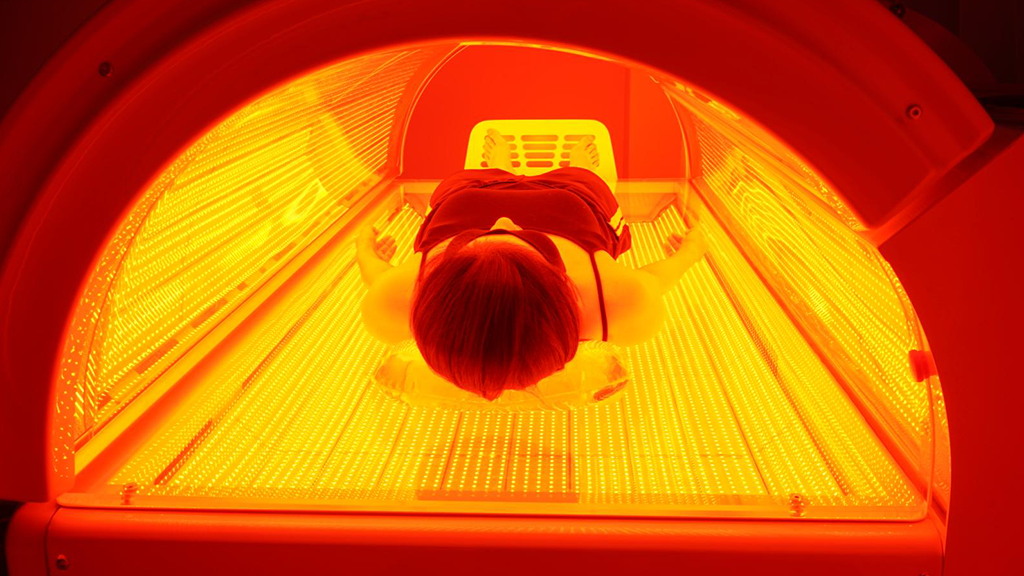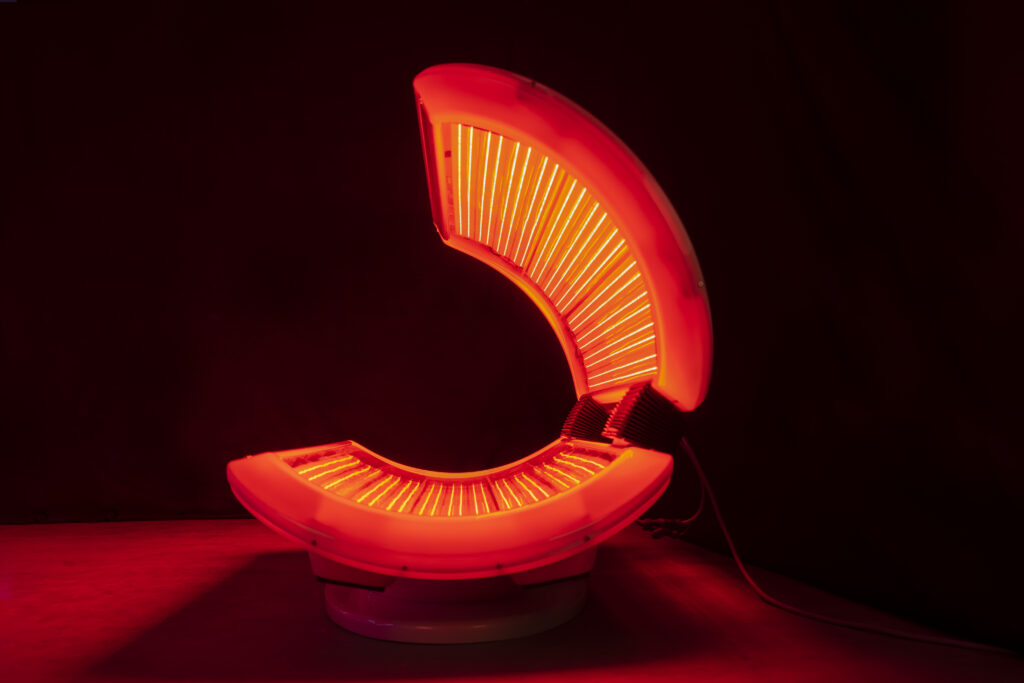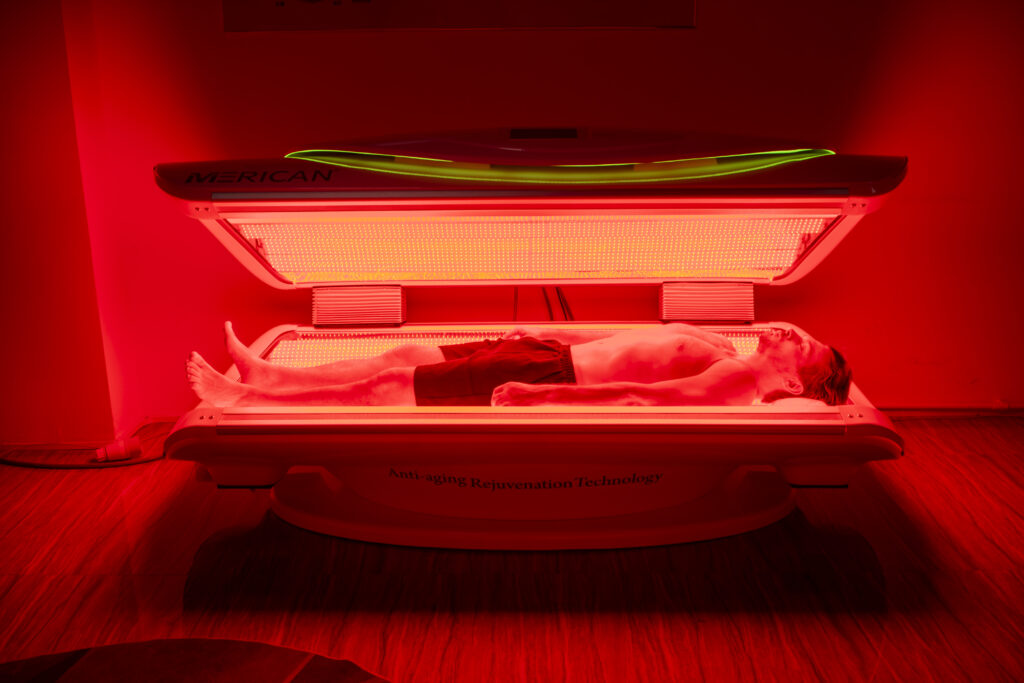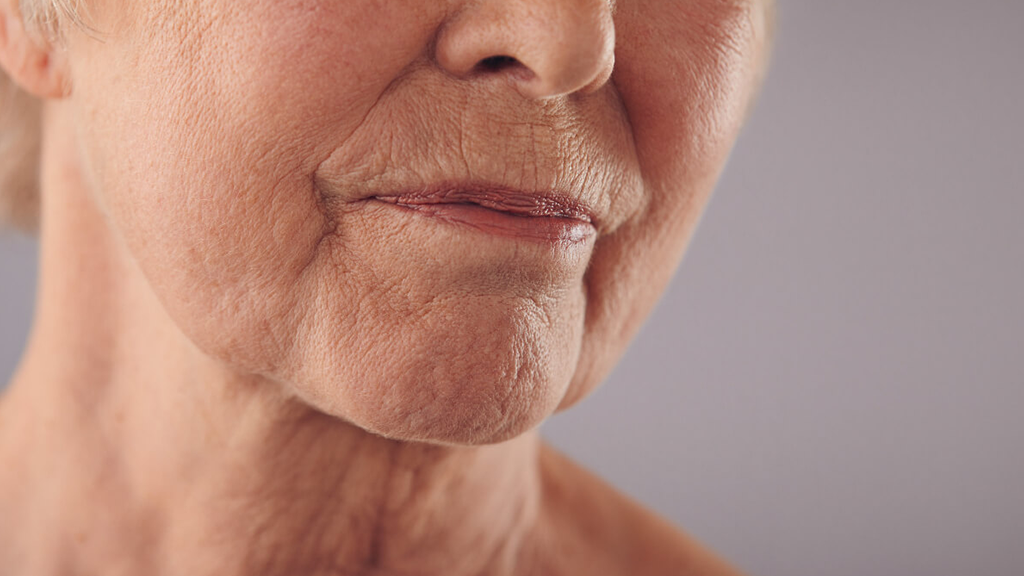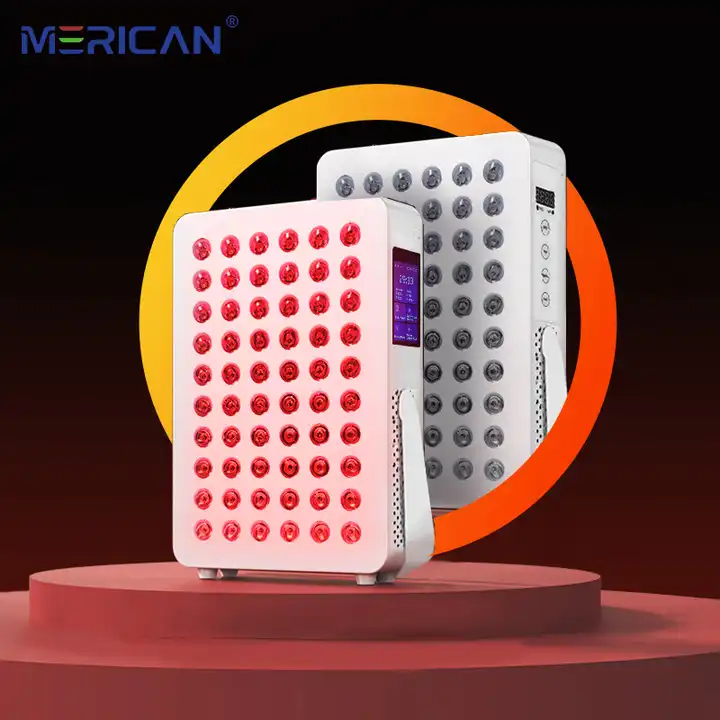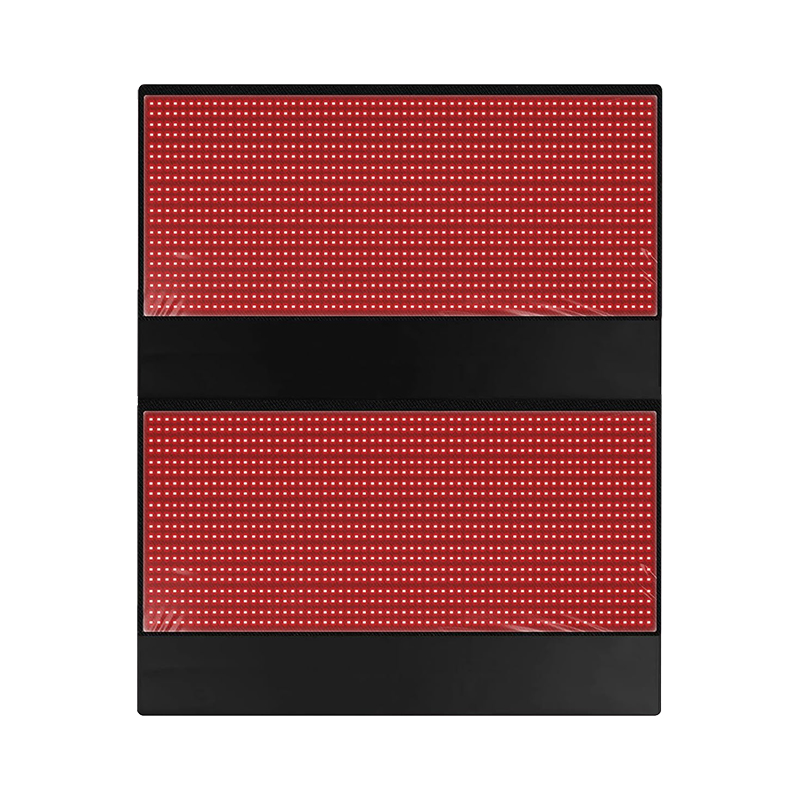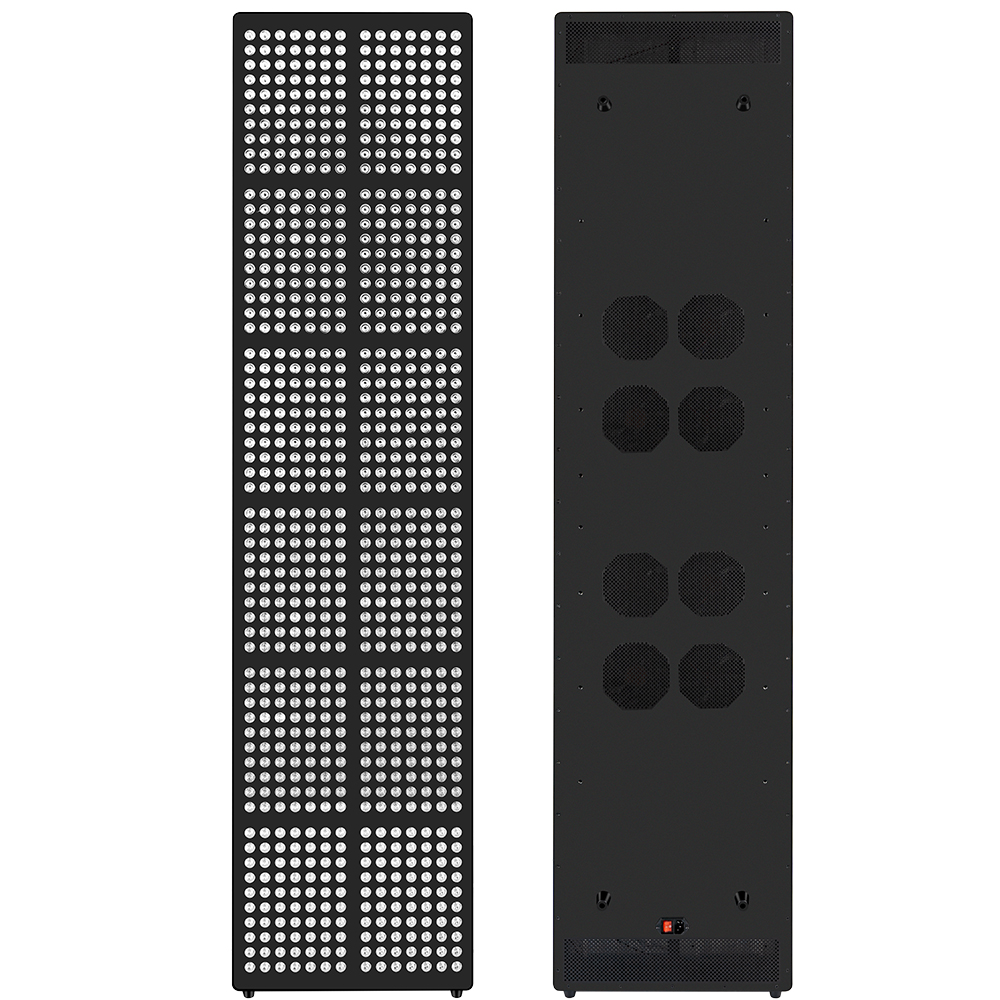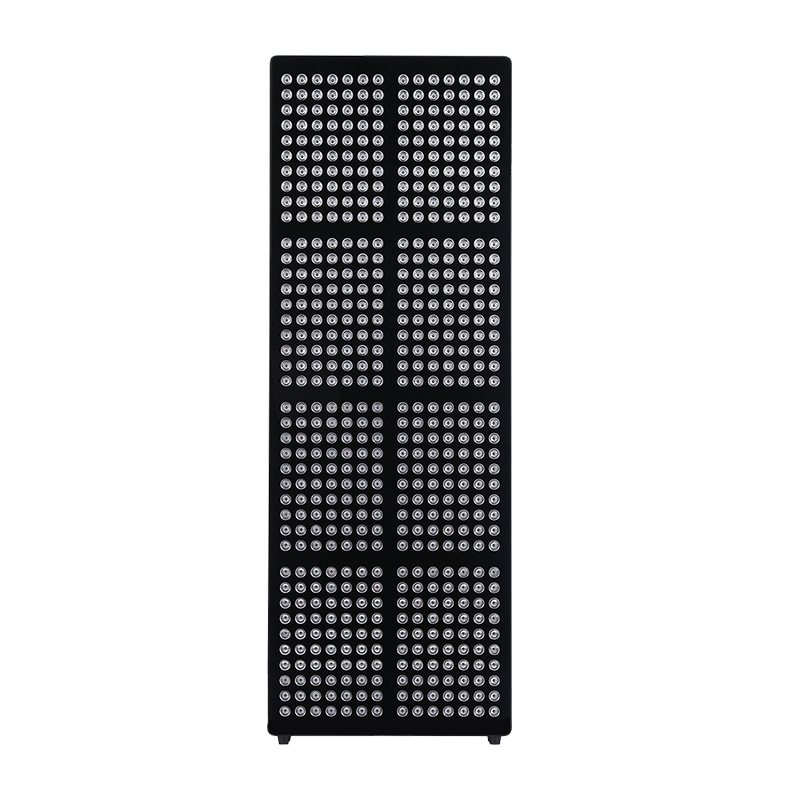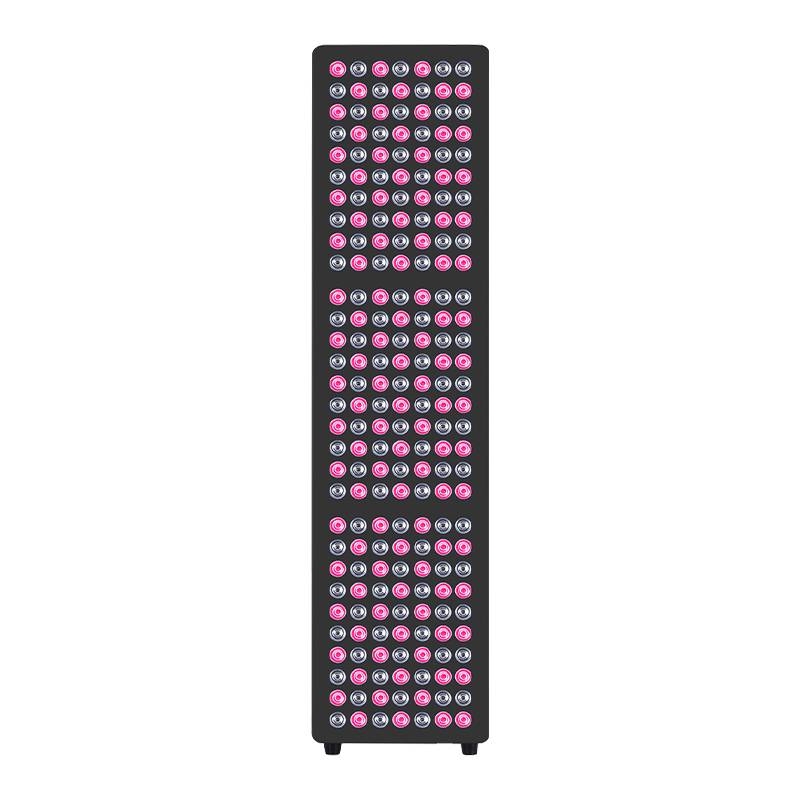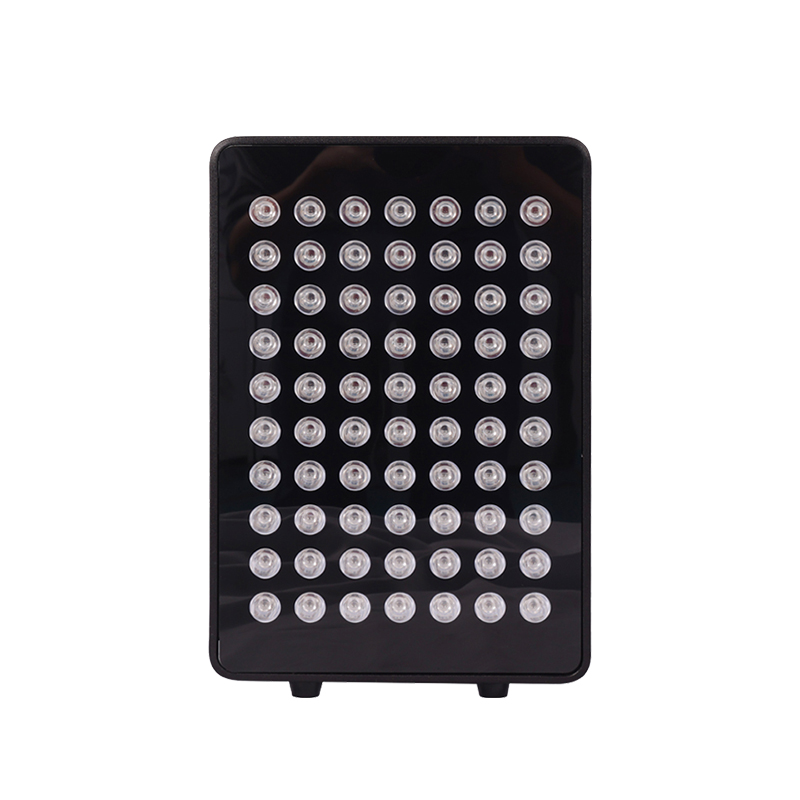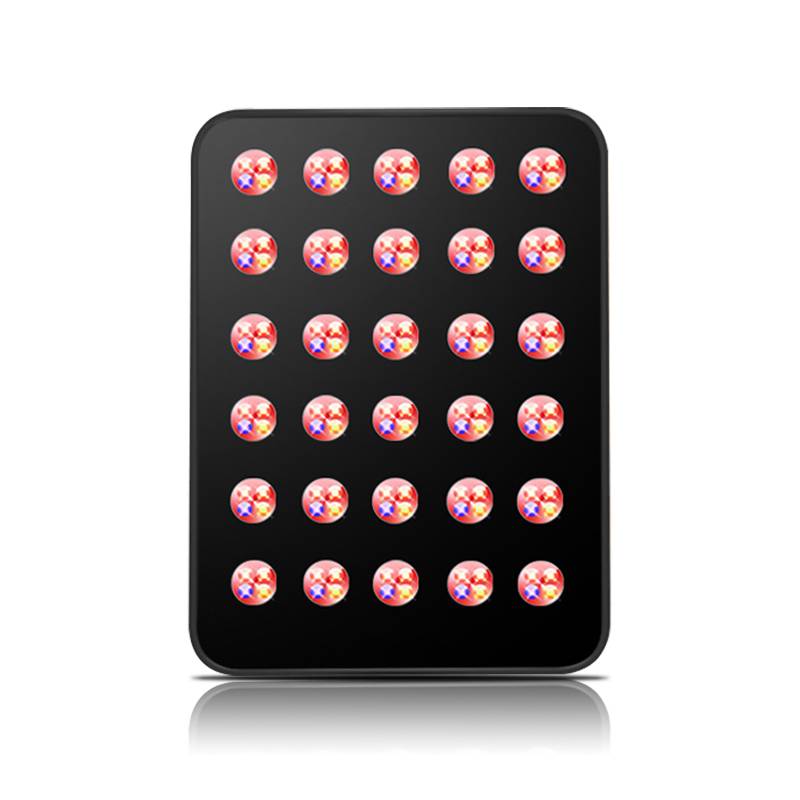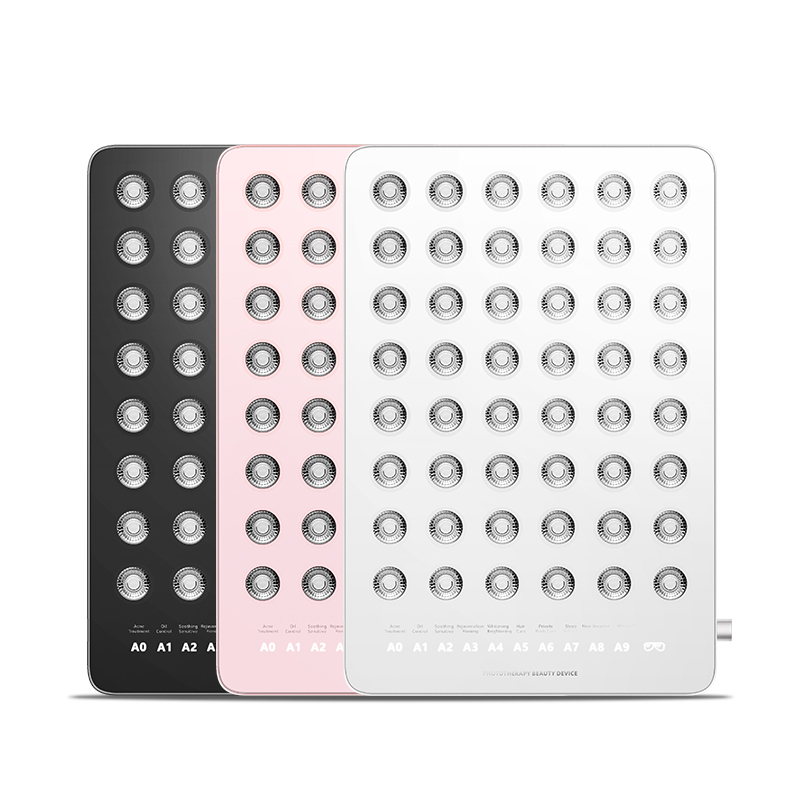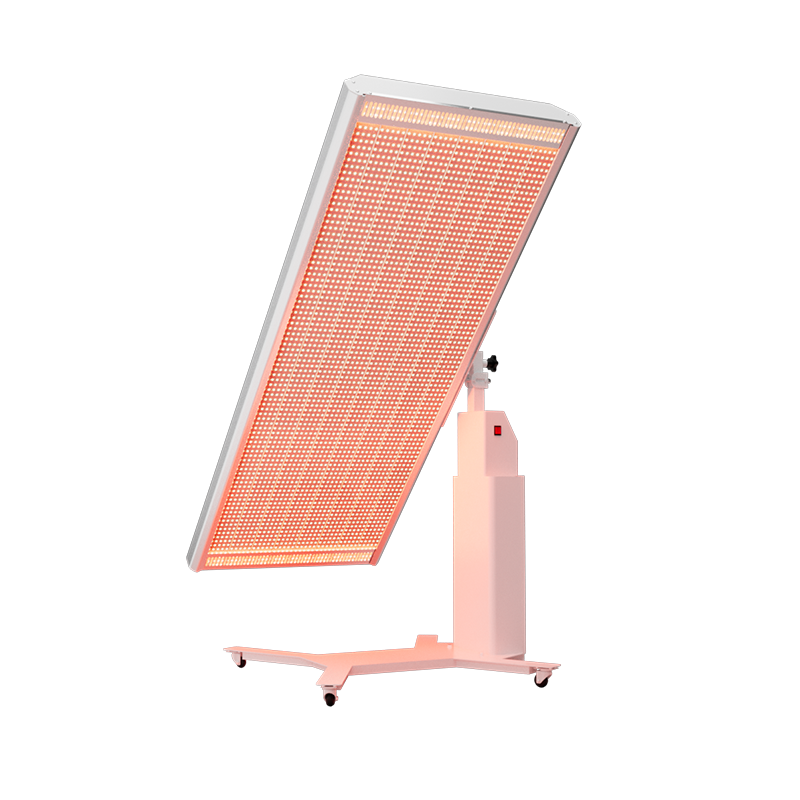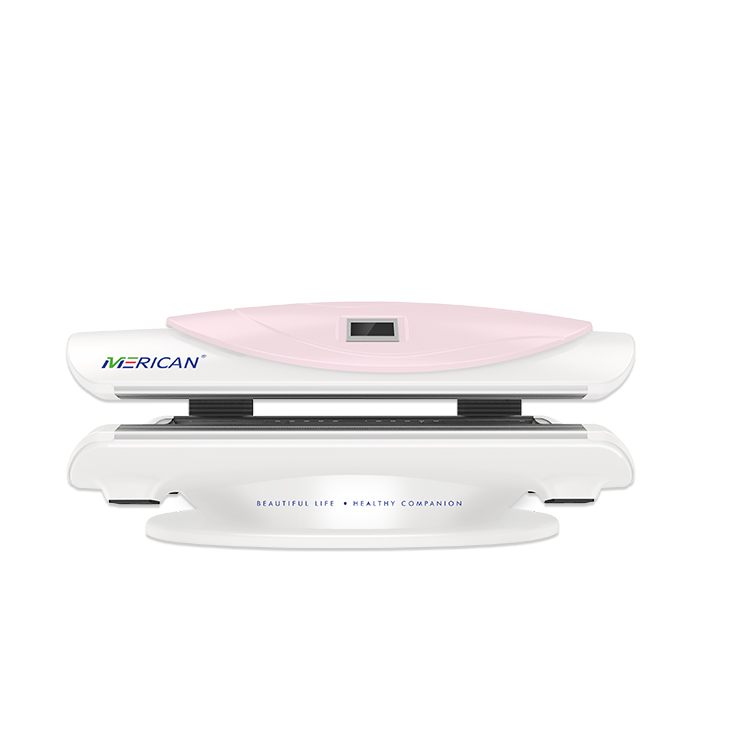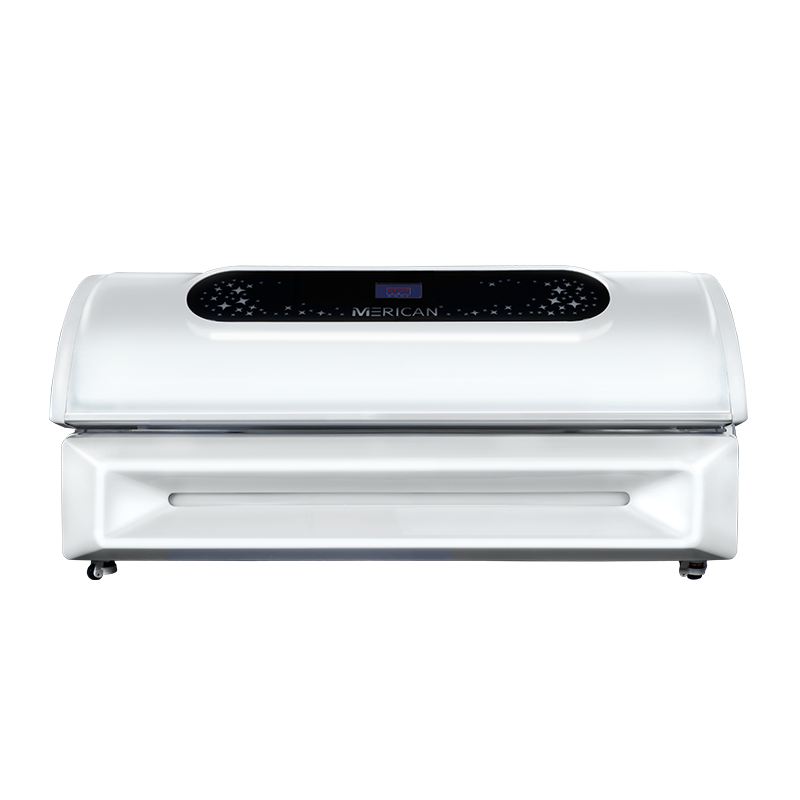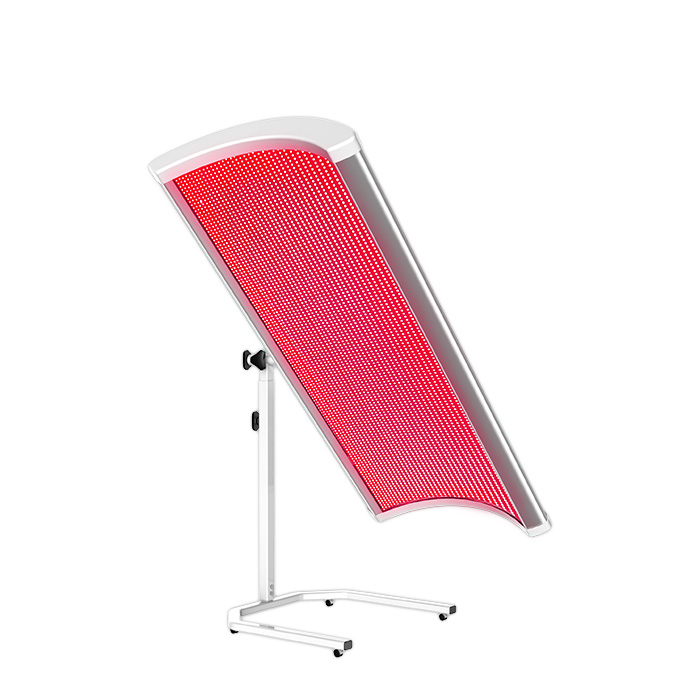Stretch marks — those streaky lines on the skin caused by rapid stretching due to growth, weight gain, or pregnancy — can affect anyone. While they are not harmful, many people seek ways to reduce their appearance. One increasingly popular solution is red light therapy (RLT). But does it really work?
Understanding Stretch Marks
Stretch marks (striae) occur when the skin is stretched faster than it can repair itself. This causes the collagen and elastin fibers in the dermis to rupture, leaving behind scars that start off red or purple and fade to white over time.
There are two types:
- Striae rubrae – newer, reddish stretch marks.
- Striae albae – older, white or silvery stretch marks.
How Red Light Therapy Works
Red light therapy uses specific wavelengths of red and near-infrared light (typically 630–850 nm) to penetrate the skin and stimulate cellular activity. Here’s how it may help with stretch marks:
✅ Boosts Collagen and Elastin Production
RLT stimulates fibroblasts — the cells that produce collagen and elastin. Increased collagen helps repair damaged dermal tissue and improve skin firmness, reducing the visibility of stretch marks over time.
✅ Improves Skin Texture and Tone
Red light therapy enhances blood flow and cell turnover, which can smooth the skin’s surface and help fade discoloration associated with newer stretch marks.
✅ Reduces Inflammation
For red or inflamed stretch marks, red light therapy can help calm the skin, reducing irritation and promoting faster recovery.
What Do the Studies Say?
While direct research on red light therapy for stretch marks is still limited, studies on red light’s effects on collagen production, skin rejuvenation, and scar healing are promising:
- A 2014 study published in Seminars in Cutaneous Medicine and Surgery highlighted red light’s ability to stimulate dermal remodeling.
- Another clinical trial found that red light improved skin elasticity and smoothness in women after pregnancy.
These findings suggest that red light therapy can be especially helpful for early-stage (red or purple) stretch marks, though it may also improve the appearance of older marks over time.
Treatment Tips
To get the best results from red light therapy for stretch marks:
- Use a medical-grade red light device with wavelengths between 630–850 nm.
- Apply the light to the affected area 3–5 times per week, for 10–20 minutes per session.
- Combine with other skin-supporting treatments, such as moisturizers, retinoids, or microneedling (under professional guidance).
Is It Safe?
Yes. Red light therapy is non-invasive, painless, and safe for most skin types. It does not cause skin damage or burns like UV light.
Final Thoughts
Red light therapy may not completely erase stretch marks, but it can significantly reduce their appearance — especially when used consistently over time. By boosting collagen, improving skin tone, and supporting the body’s natural repair processes, RLT offers a gentle, effective solution for those looking to improve their skin’s look and feel.

